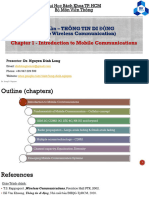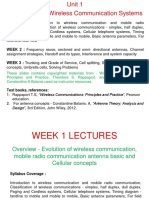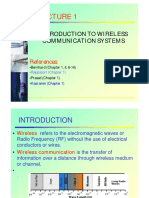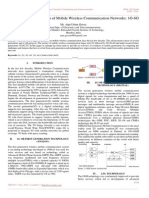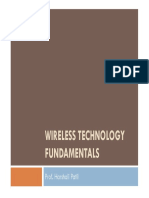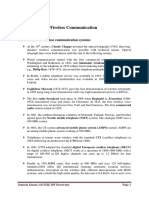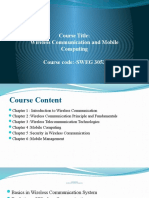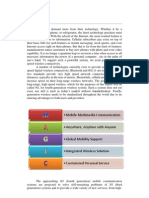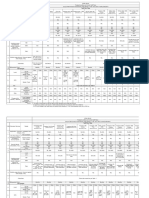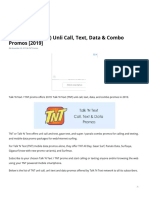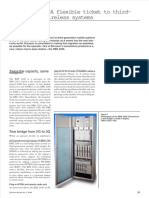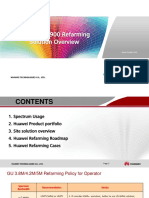0% found this document useful (0 votes)
11 views26 pagesChap1 MWC
mobile wireless communication notes
Uploaded by
pdell4527Copyright
© © All Rights Reserved
We take content rights seriously. If you suspect this is your content, claim it here.
Available Formats
Download as PDF, TXT or read online on Scribd
0% found this document useful (0 votes)
11 views26 pagesChap1 MWC
mobile wireless communication notes
Uploaded by
pdell4527Copyright
© © All Rights Reserved
We take content rights seriously. If you suspect this is your content, claim it here.
Available Formats
Download as PDF, TXT or read online on Scribd
/ 26
